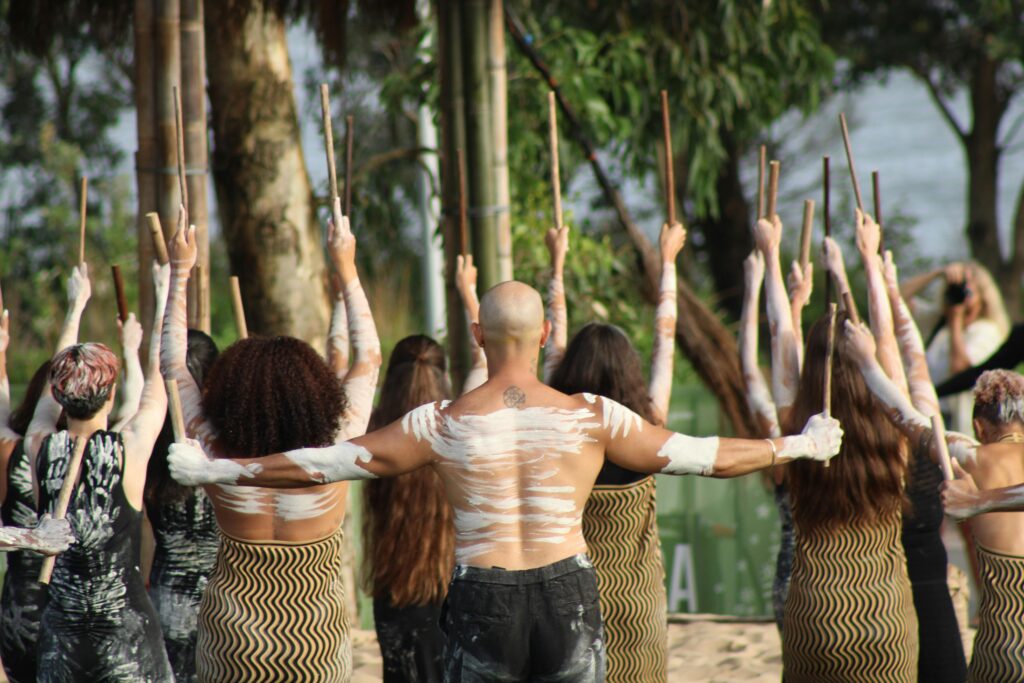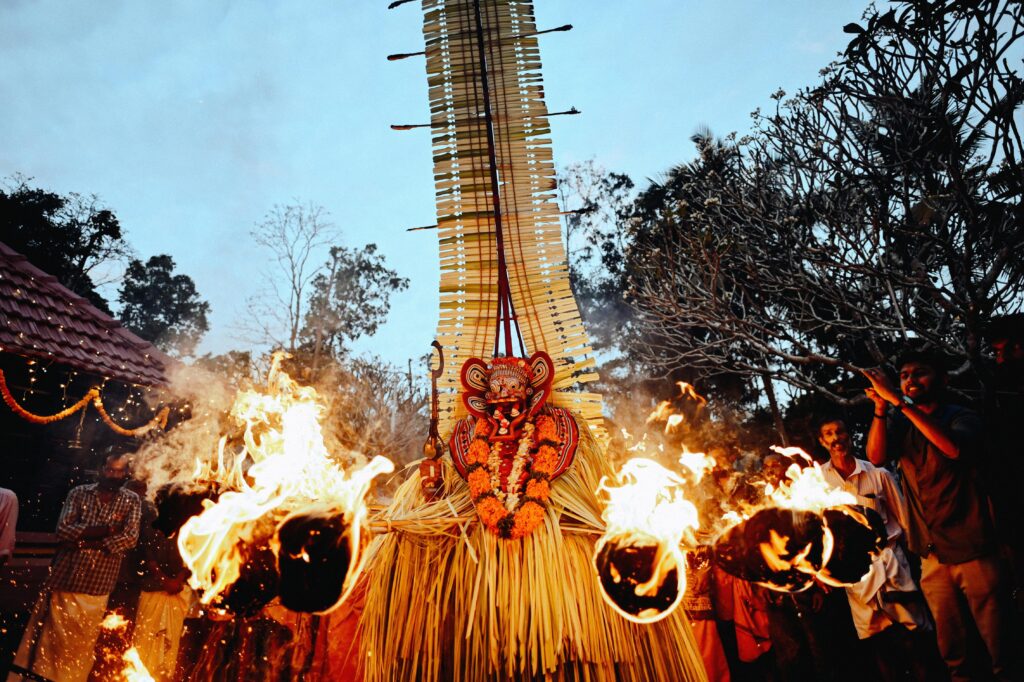In recent years, the conversation around Kriol—a vibrant creole language emerging from Australia’s complex linguistic landscape—has taken center stage. Originally born from the interactions between Indigenous Australians and English speakers, Kriol is more than just a means of communication. It is a living testament to resilience, adaptability, and cultural fusion. This article delves deeper into the history, societal impact, and future of Kriol, exploring aspects that go beyond initial discussions to shed light on its broader significance.

The Origins and Evolution of Kriol
Kriol emerged as communities in northern Australia began to blend their native languages with English during the colonial era. As a creole language, it simplified complex linguistic structures while retaining unique elements of Indigenous vocabulary and grammar. Over generations, Kriol evolved into a distinct language that encapsulates both historical narratives and modern experiences. Researchers note that its development reflects a dynamic response to cultural exchange, survival, and innovation in communication.
Key Elements in Its Formation:
- Language Contact: Kriol was shaped by centuries of interaction between Indigenous populations and European settlers, blending elements from multiple language families.
- Cultural Resilience: Despite historical challenges, communities embraced Kriol as a way to maintain cultural identity and pass down traditions.
- Adaptability: The language has continuously evolved, incorporating modern terminologies and expressions while preserving its unique grammatical structures.
Societal Impact and Cultural Significance
Kriol is far more than a linguistic phenomenon—it is a vibrant part of Indigenous identity in Australia. For many speakers, it represents cultural pride and a form of resistance against historical marginalization. The language’s everyday use in communities, schools, and media highlights its role in uniting diverse cultural narratives and fostering community cohesion.
Broader Implications Include:
- Cultural Empowerment: Embracing Kriol is seen as reclaiming Indigenous heritage and celebrating linguistic diversity.
- Educational Integration: There is a growing movement to incorporate Kriol into local curricula, allowing students to connect with their cultural roots while acquiring new skills in bilingual education.
- Media and Arts: Local radio stations, literature, and music have begun featuring Kriol, ensuring that the language continues to evolve in contemporary contexts.
- Social Inclusion: By acknowledging Kriol in public discourse, communities are fostering greater respect for Indigenous identities and their contributions to Australia’s cultural mosaic.

Challenges and Controversies
While many celebrate Kriol as a marker of cultural identity, it has also been at the center of debates over language legitimacy and preservation. Critics sometimes argue that the language’s creole nature might undermine the traditional Indigenous languages, while advocates counter that Kriol itself is a living, adaptive form of heritage communication.
Key Points of Debate:
- Linguistic Legitimacy: Some scholars question whether Kriol should be classified as a dialect or a full language, a debate that touches on broader issues of language politics.
- Preservation vs. Evolution: Balancing the preservation of traditional languages with the evolution of Kriol is a complex challenge. Efforts are underway to document and standardize Kriol without stripping it of its dynamic, evolving character.
- Policy and Funding: The future of Kriol depends largely on government support for language preservation programs, as well as community-driven initiatives that empower speakers and educators alike.
Looking Ahead: The Future of Kriol
As Australia grapples with its multicultural and multilingual identity, the future of Kriol seems promising. Progressive educational policies, combined with community-led documentation efforts and the increasing influence of digital media, are paving the way for a revitalized presence of Kriol in everyday life.
Future Initiatives Include:
- Digital Platforms: Online resources, apps, and social media are being used to teach and promote Kriol, making the language accessible to younger generations.
- Academic Research: Linguists and anthropologists are collaborating with Indigenous communities to document Kriol’s evolving grammar and usage, ensuring its historical and cultural context is preserved.
- Cultural Festivals: Community festivals and cultural events celebrating Kriol are becoming more common, offering spaces for artistic expression and communal learning.
- Bilingual Education: Schools in regions with significant Kriol-speaking populations are beginning to introduce bilingual programs, promoting language diversity and fostering mutual respect among students.

Frequently Asked Questions
Q: What is Kriol and where did it originate?
A: Kriol is a creole language that developed in northern Australia through the blending of Indigenous languages and English during colonial times. It has evolved into a distinct form of communication that reflects the resilience and cultural identity of its speakers.
Q: Why is Kriol important for Indigenous communities?
A: Kriol is a vital marker of cultural identity and heritage for many Indigenous Australians. It enables communities to celebrate their history, maintain traditions, and foster a sense of pride and unity.
Q: How is Kriol used today?
A: Kriol is spoken in daily interactions within communities, featured in local media, and increasingly incorporated into educational settings. It is a living language that adapts to modern influences while retaining its unique characteristics.
Q: What challenges does Kriol face?
A: Kriol faces challenges such as debates over its linguistic legitimacy, balancing preservation with evolution, and the need for policy and funding support to ensure its continued vitality and integration into education.
Q: What are the future prospects for Kriol?
A: With growing community support, increased digital engagement, and progressive educational policies, the future of Kriol looks promising. Ongoing efforts to document and promote the language will help secure its place as an important part of Australia’s cultural landscape.
Q: How can people learn more about Kriol?
A: Individuals can explore digital resources, community programs, academic research, and cultural events focused on Kriol. Local libraries and cultural centers in northern Australia are also valuable sources of information and learning opportunities.
Conclusion
Kriol is a dynamic, living language that encapsulates the history, struggles, and triumphs of Indigenous Australians. Beyond its linguistic significance, it plays a crucial role in cultural empowerment, education, and community identity. As efforts to document and promote Kriol continue to grow, this creole language is poised to remain a vibrant part of Australia’s future—a bridge between past heritage and contemporary expression.
Sources The New York Times


